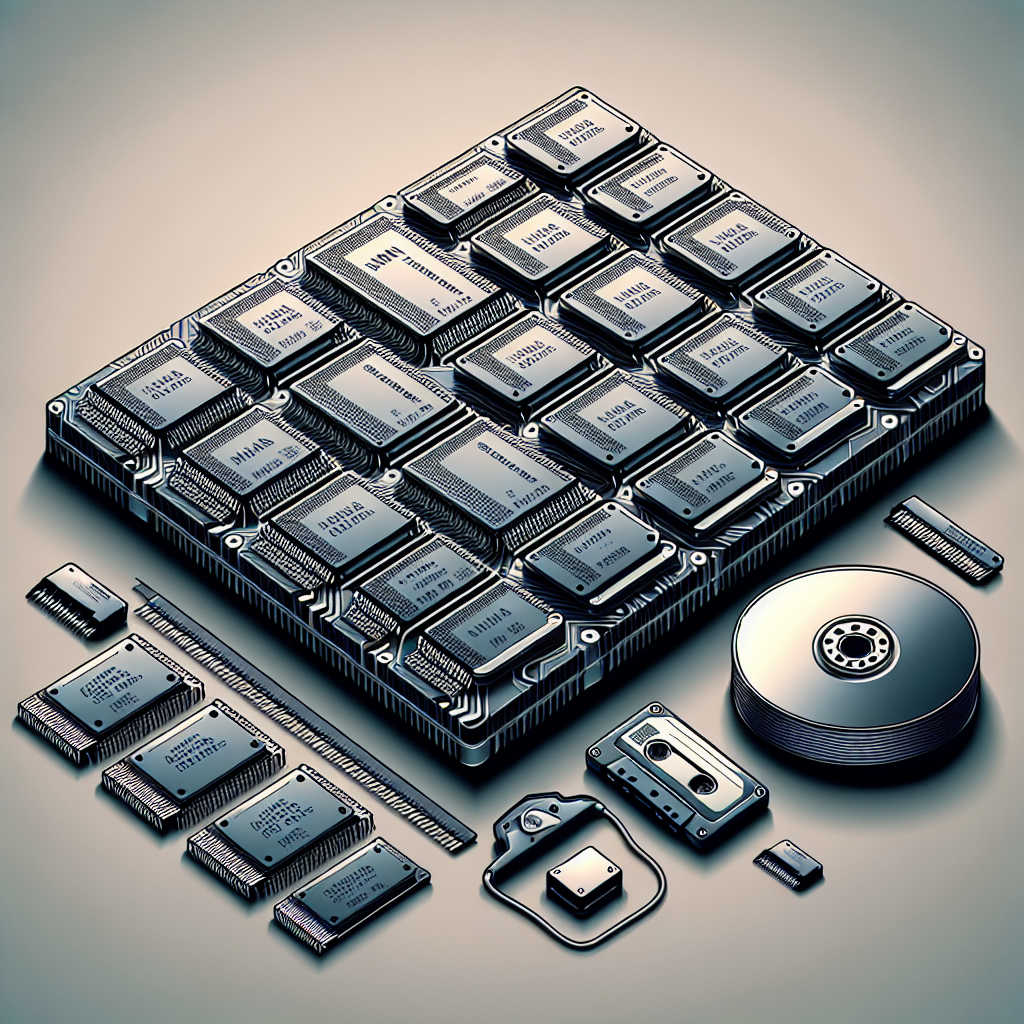Your cart is currently empty!
How NAND Flash is Revolutionizing Data Storage

NAND flash technology has revolutionized data storage in recent years, offering a more efficient and reliable way to store and access data. NAND flash is a type of non-volatile memory that retains data even when the power is turned off, making it ideal for use in a wide range of devices, from smartphones and tablets to solid-state drives (SSDs) and USB flash drives.
One of the key advantages of NAND flash is its fast read and write speeds, which allow for quick access to data and improved performance. This makes NAND flash an ideal choice for applications that require high-speed data transfer, such as gaming consoles, digital cameras, and laptops. In addition, NAND flash has a high level of durability, with the ability to withstand thousands of read and write cycles without experiencing any degradation in performance.
Another benefit of NAND flash technology is its compact size and low power consumption, making it ideal for use in portable devices where space and energy efficiency are important considerations. NAND flash also offers a high level of data security, with the ability to encrypt data and protect it from unauthorized access.
One of the most significant developments in NAND flash technology in recent years is the introduction of 3D NAND, which stacks memory cells vertically to increase storage capacity and improve performance. This allows for higher-density storage solutions that can accommodate the growing demand for data storage in today’s digital age.
Overall, NAND flash technology has revolutionized the way data is stored and accessed, offering a more efficient, reliable, and secure solution for a wide range of applications. As technology continues to evolve, NAND flash is expected to play an increasingly important role in shaping the future of data storage.

Leave a Reply